On an HLA Null Allele Case Study
A recent case study report describes the discovery of a novel HLA null allele and its effect on protein synthesis and gene expression (Rozar, 2021). We occasionally deliver HLA reports that include null alleles. This case study highlights the potential importance of null alleles for donor-recipient HLA matching in acute myeloid leukemia (AML).
HLA null alleles refer to genetic mutations that code for non-functional proteins or proteins that are not expressed at the cell surface. Null alleles include the expression modifier “N” after the fourth field, i.e. HLA-C*01:01:01:01N. And null alleles produce no serologically detectable products.

Table 1. HLA typing of potential donor by Next Generation Sequencing (11-loci, four-field resolution).
In the reported case study, NGS (Next Generation Sequencing) HLA typing was performed on an AML recipient patient and potential donor. The donor typing results are shown in Table 1.
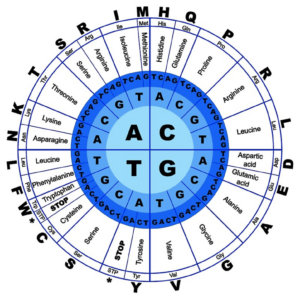
Fig. 1. Codon triplet codes.
Recalling our standard codon triplet code (Fig. 1), reading from the innermost circle to the third innermost circle, we see that “TAC” codes for the amino acid Tyrosine and “TAA” codes for a STOP codon. The premature STOP codon would terminate translation, likely generating a non-functional protein product or unexpressed protein.
Using the NMDP (National Marrow Donor Program) database, a potential donor-recipient match was found except for the HLA-C locus. There were several potential alleles including HLA-C*05:01:01:01, HLA-C*05:01:01:02, HLA-C*05:01:05 and HLA-C*05:01:01:45. Upon further examination they found a C->A variant in exon 4 of HLA-C*05:01:01:45. As we’ve already seen in the triplet codes, this substitution inserts a STOP codon, which may render a non-functional or unexpressed protein. After identifying this null allele the clinicians rejected the potential donor, concerned that a mismatch could trigger GvHD (graft-vs-host disease).
Reference
Rozar K. 2021. ASHI 2021 regional educational workshop case study summary: discovery of a novel HLA-C null allele in an unrelated stem cell donor. ASHI Quart. 45(3):20.

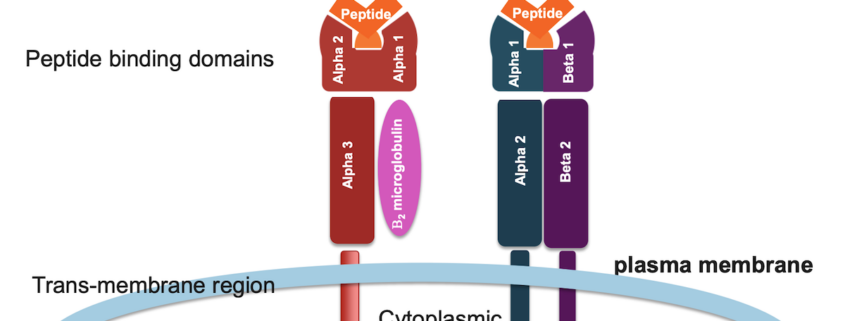
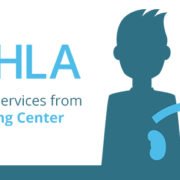

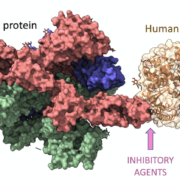
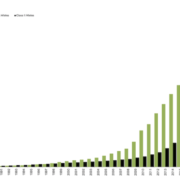
 The Sequencing Center
The Sequencing Center


Leave a Reply
Want to join the discussion?Feel free to contribute!